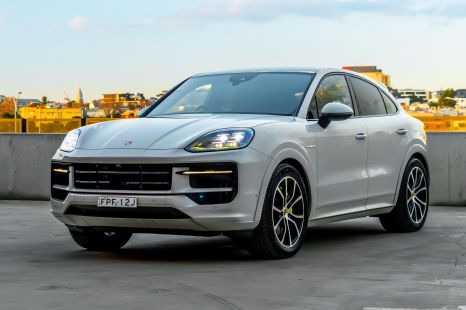

James Wong
2025 Porsche Cayenne review
4 Days Ago

News Editor
Get ready for Mazda’s rear-wheel drive renaissance.
BestCarWeb reports the Japanese automaker will introduce its rear-wheel drive Mazda 6 successor in March 2022.
A rear-wheel drive successor to the Mazda CX-5 will reportedly follow in December 2022.
The CX-5 will reportedly measure 4600mm long, or 50mm longer than the current car.
Both the 6 and CX-5 replacements will be underpinned by the previously confirmed Large Architecture and offer inline-six power.

Mazda Australia managing director Vinesh Bhindi has confirmed the local division will offer “whatever options are available in the future”.
“[For] CX-5 and above on the large platform, inline six will be an option, and rear-wheel drive,” Mr Bhindi said.
“So, those things are going to be available to us where it fits in. We just have to see when the final product is signed off”.
Earlier reports have indicated the Mazda CX-8, currently a stretched, three-row version of the CX-5, will also migrate to the new platform.
Mazda will reportedly begin manufacturing its new inline six-cylinder engine family in early 2022.
Displacing 3.0 or 3.3 litres, the new inline-six engines petrol and diesel engines will be available with 48V mild-hybrid and plug-in hybrid technology.
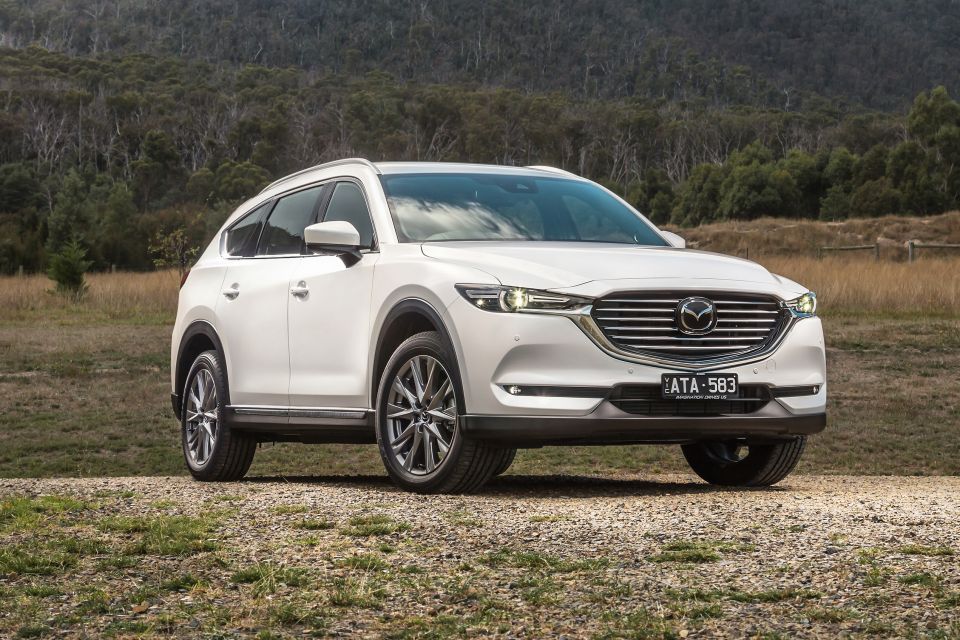
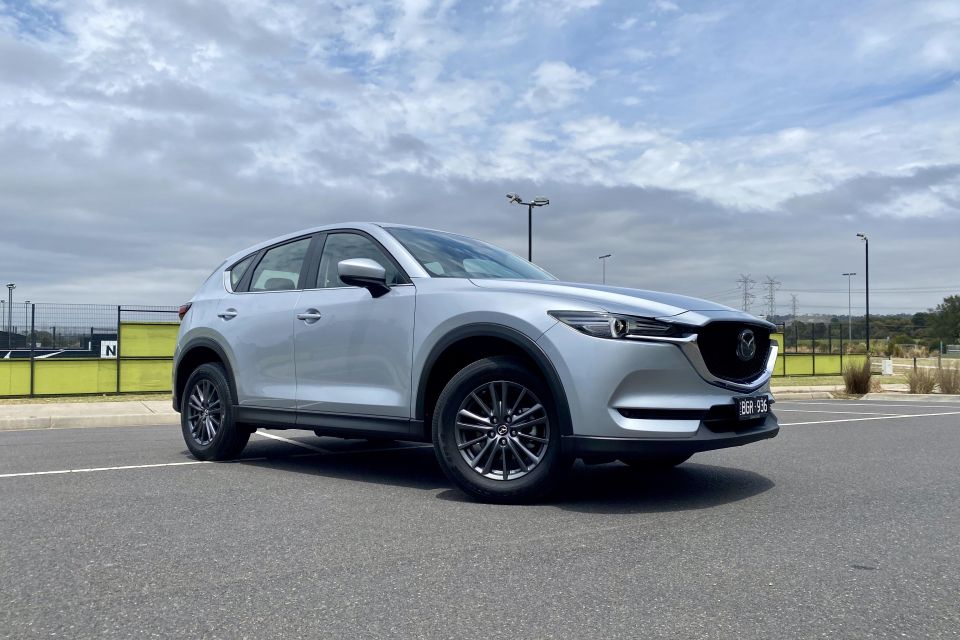
The replacement CX-5 and CX-8 will reportedly still offer four-cylinder petrol and diesel engines at the entry level.
Suppliers have told Nikkei Asia production of the new models will ramp up to 300,000 units during the fiscal year ending in March 2025, or just under a fifth of Mazda’s global sales.
Though Mazda has invested heavily in the new architecture and engine family, it reportedly plans to continue to offer the current CX-5 and CX-8 (above) for an unspecified amount of time after their successor SUVs are launched.
Mazda Australia has indicated it won’t look at competing directly with similarly-sized BMW and Mercedes-Benz models on price.
“In Australia, there’s a clear luxury territory where the pricing reflects that, but that’s not where we are going to be. We are more about offering options but pushing towards the premium,” said Mr Bhindi.
“It is our plan to offer products that are classified as premium or seen as premium, but the value equation still needs to exist,” he said.
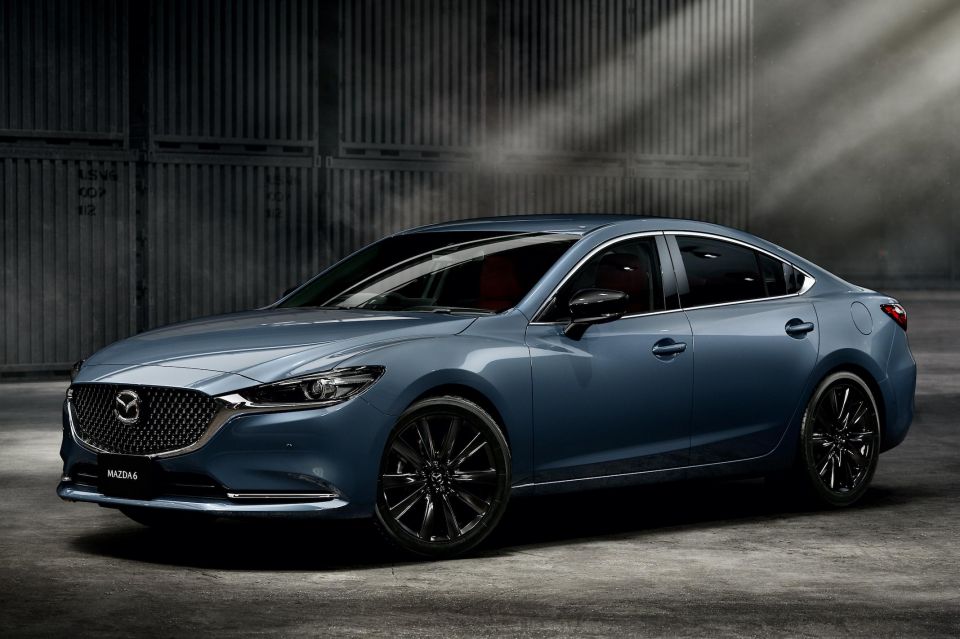
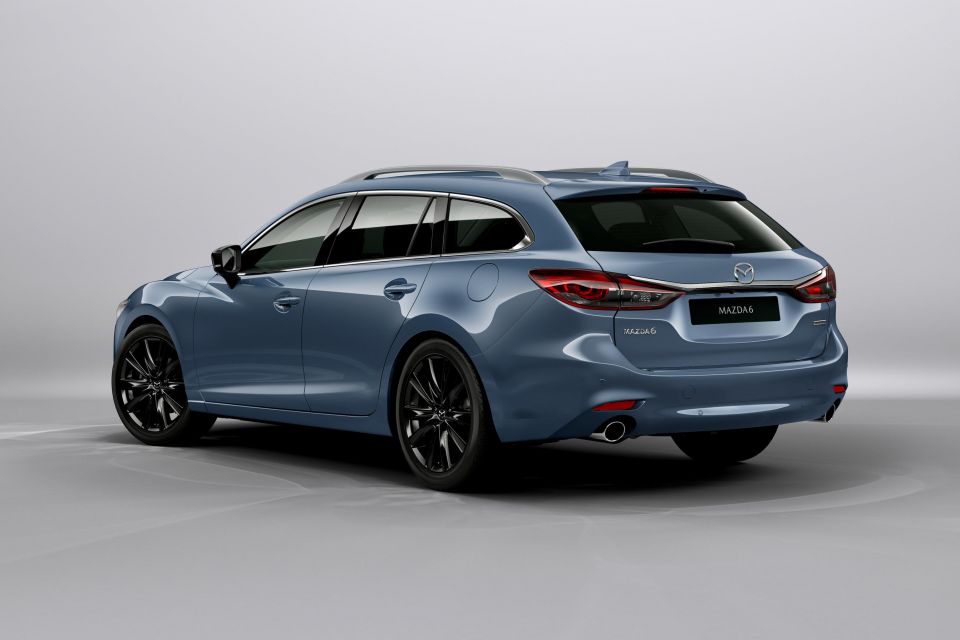
The move to a rear-wheel drive platform means the Mazda 6 could finally give the Kia Stinger direct competition, or give Mazda a more affordable rival to the likes of the BMW 3 Series.
In markets like Europe, upper-spec mid-size models overlap with luxury brand mid-sizers on price, partly explaining why mainstream brand mid-sizers have fallen dramatically in sales there over the years.
Here, however, there’s a significant gap in price between a top-spec, mainstream mid-sizer like a Mazda 6 and an entry-level luxury mid-sizer.
The 2021 Mazda 6 sedan range, for example, tops out at $50,090 before on-roads while the BMW 3 Series range opens at $68,900 before on-roads.
The rear-wheel drive Kia Stinger slots neatly in between, priced from $49,550 to $63,260 before on-roads.
More affordable 3 Series rivals include the Genesis G70 and Lexus IS, which open at $59,300 and $61,500 list, respectively.
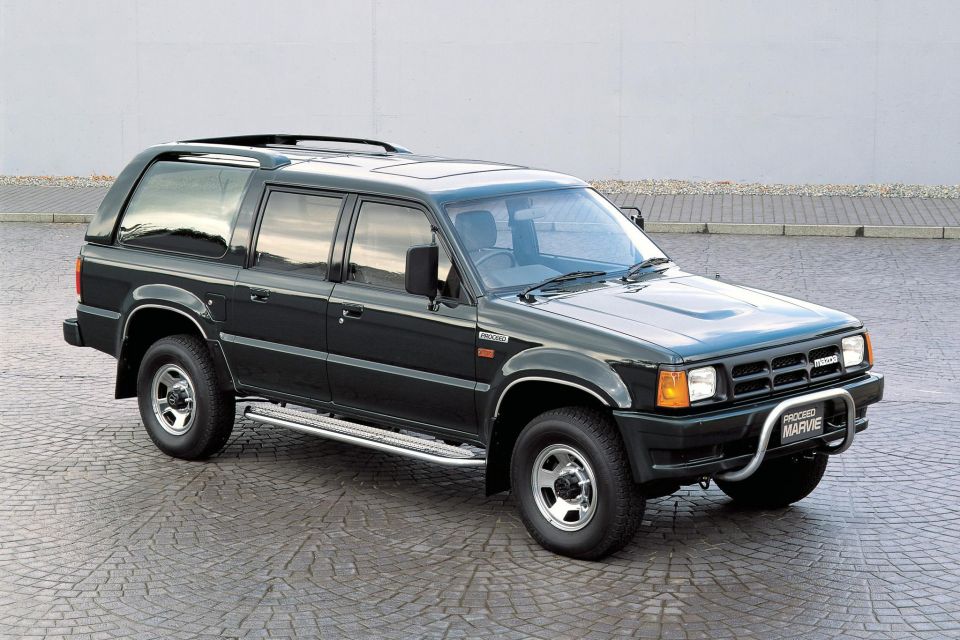
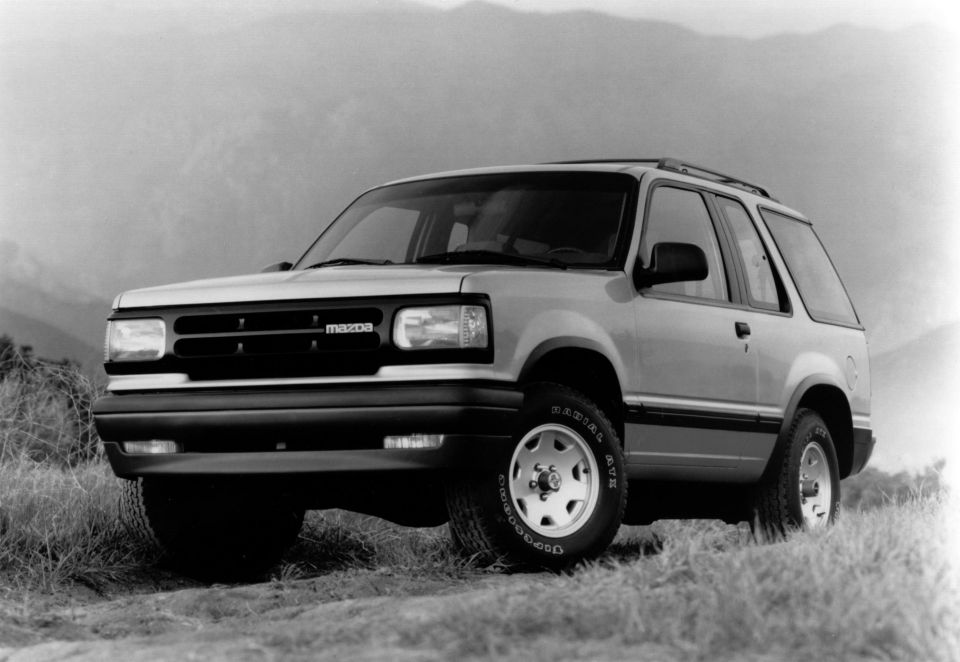

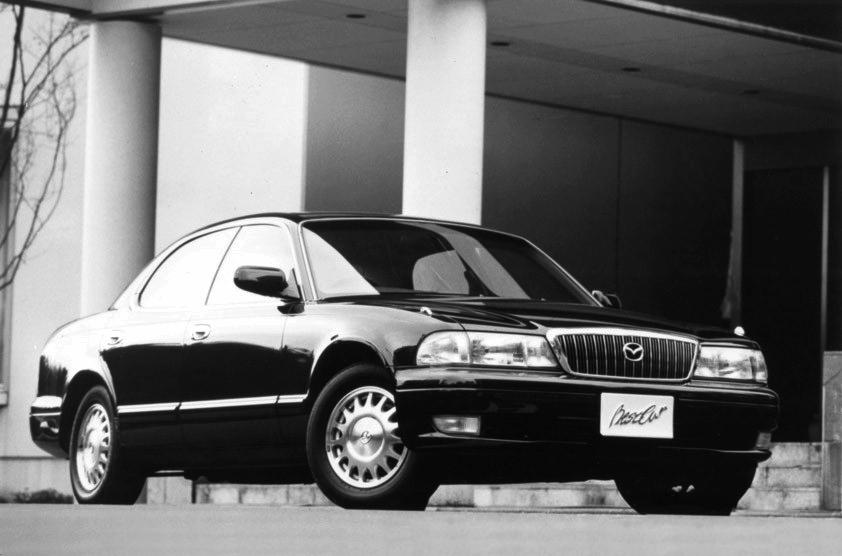
With the introduction of a RWD Mazda 6, the company will be offering its first RWD sedan since the discontinuation of the Sentia in 1999. That model was sold here as the 929 until 1997.
The RWD CX-5 will be only the second RWD SUV from the brand and the first to use unibody construction.
The company sold a rebadged version of the body-on-frame Ford Explorer from 1991 to 1994. It also sold a four-wheel drive wagon version of its B-Series ute in some markets as the Proceed Marvie, which we received as the Ford Raider, as well as a rebadged Suzuki Vitara called the Proceed Levante.
MORE: Mazda 6 news and reviews MORE: Mazda CX-5 news and reviews
Where expert car reviews meet expert car buying – CarExpert gives you trusted advice, personalised service and real savings on your next new car.
William Stopford is an automotive journalist based in Brisbane, Australia. William is a Business/Journalism graduate from the Queensland University of Technology who loves to travel, briefly lived in the US, and has a particular interest in the American car industry.


James Wong
4 Days Ago


Shane O'Donoghue
3 Days Ago


Matt Campbell
2 Days Ago


James Wong
1 Day Ago


CarExpert.com.au
16 Hours Ago
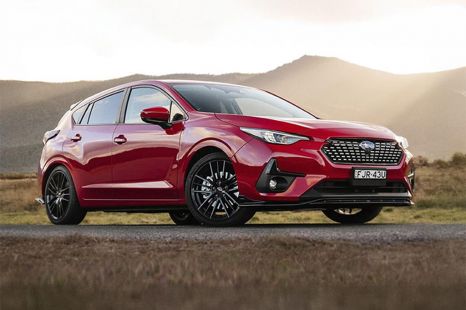

Damion Smy
16 Hours Ago